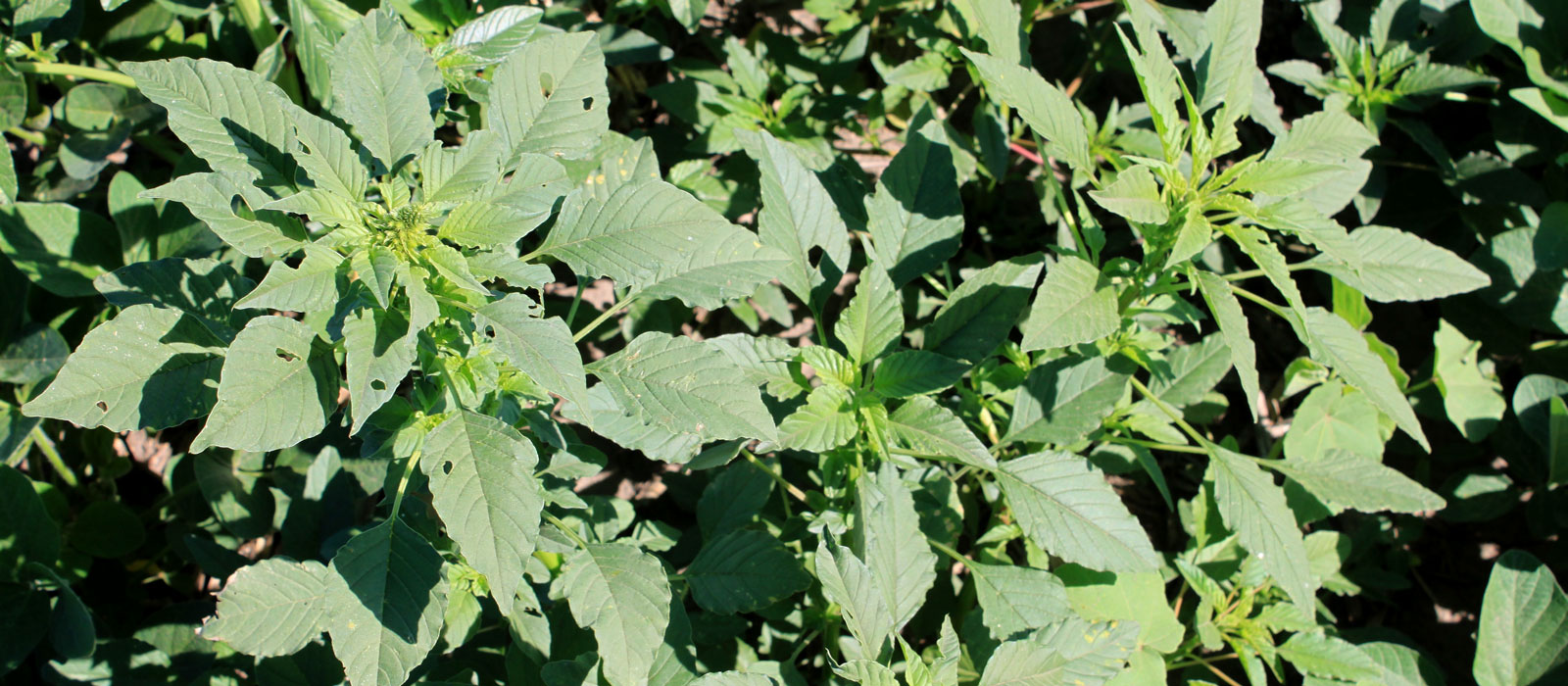
A corn field infested with atrazine and HPPD inhibitor-resistant Palmer amaranth in southcentral Nebraska. See “Interaction of PS II- and HPPD-Inhibiting Herbicides for Control of Palmer amaranth Resistant to Both Herbicide Sites of Action” by Chahal and Jhala, p. 2496–2506. Photo credit: Dr. Parminder Chahal.

Glyphosate-resistant waterhemp (Amaranthus rudis Sauer), one of the most diffi cult-to-control weeds, emerging in Nebraska. Waterhemp can emerge from May to August in Nebraska, making it diffi cult to control. Preemergence followed by postemergence herbicide programs with effective modes of action provided season-long control of glyphosate-resistant waterhemp in glufosinate-resistant soybean production fi elds. For more information, refer to article by Jhala et al. Photo is courtesy of Debalin Sarangi.
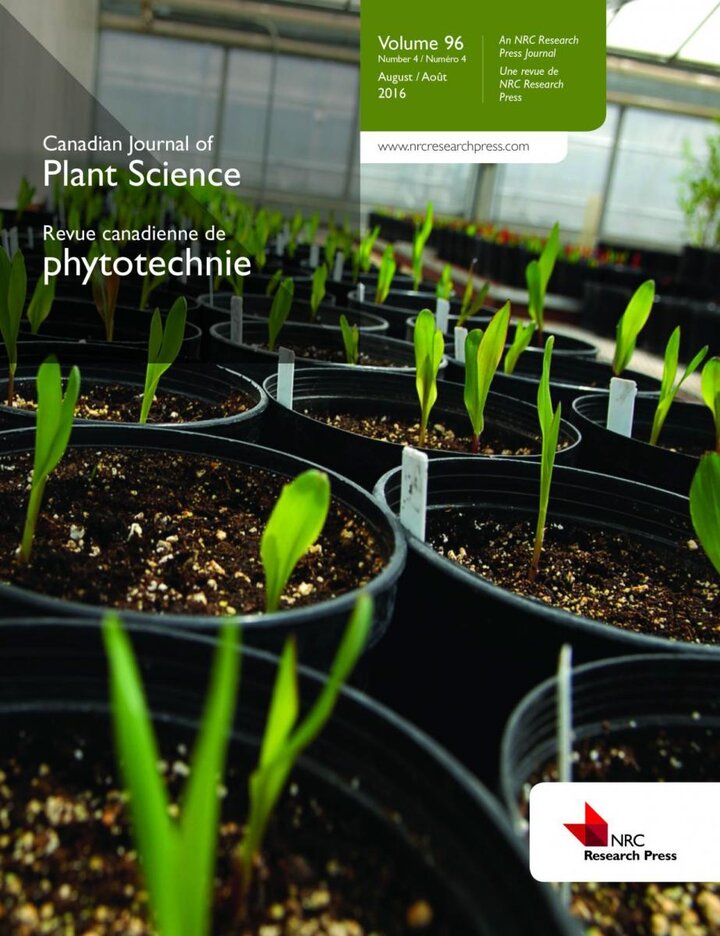
Photo by Dr. Parminder Chahal.
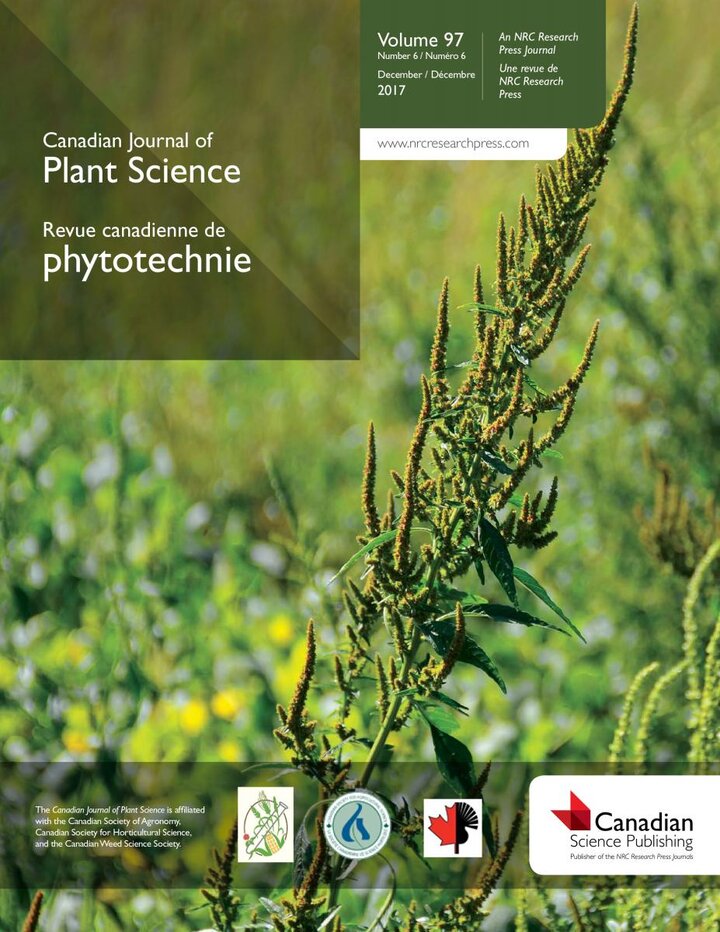
Photo by Dr. Debalin Sarangi.
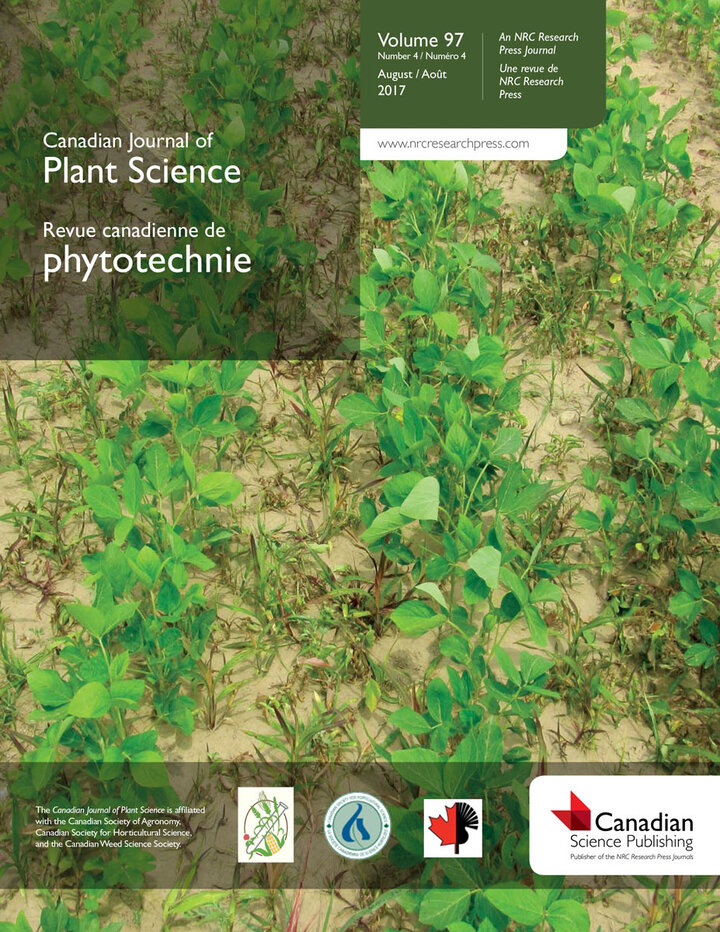
Photo by Ramavtar Yadav.

Photo by Simranpreet Kaur.

Photo by Amit Jhala published by CAS in July 2008 press note.
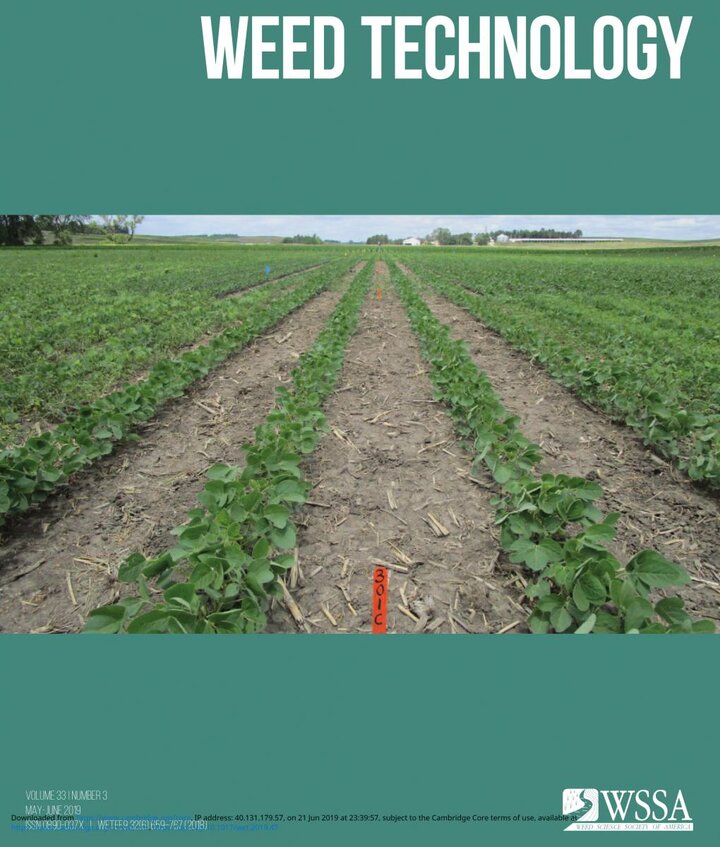
Photo by Stevan Knezevic published by Weed Technology May-June 2019.
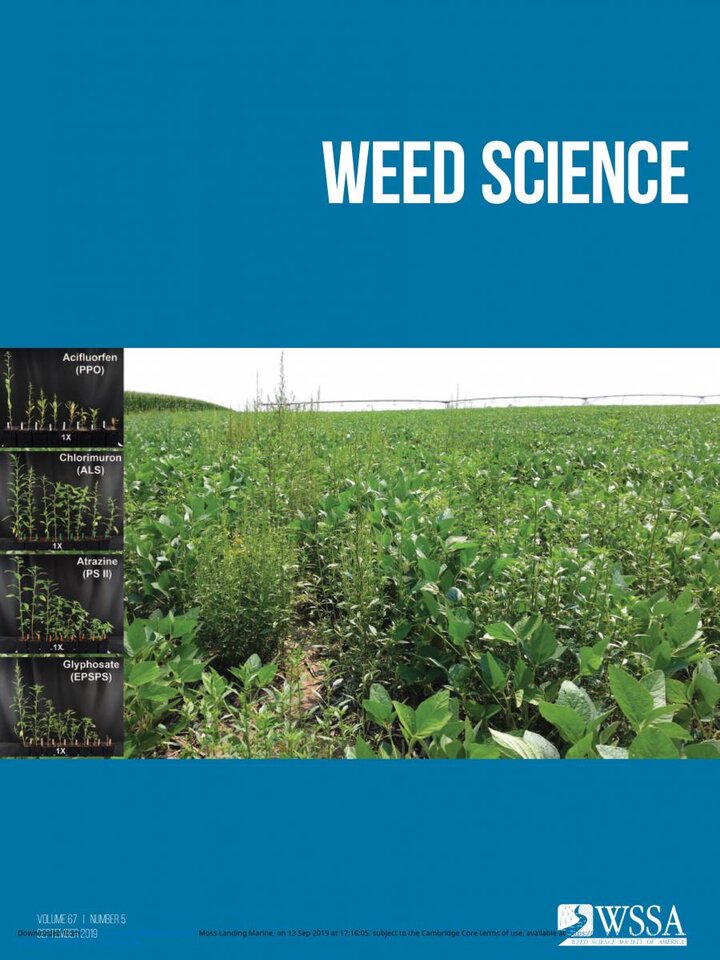
Four-way resistance (PPO, ALS, PS II, and EPSPS inhibitors) was confirmed in a waterhemp biotype collected from a soybean production field in eastern Nebraska (insets on left showing dose-response to different herbicides); the DG210 mutation conferring PPO-inhibitor resistance was confirmed using a Kompetitive Allele Specific PCR (KASPTM) assay. Photo courtesy: Debalin Sarangi.
